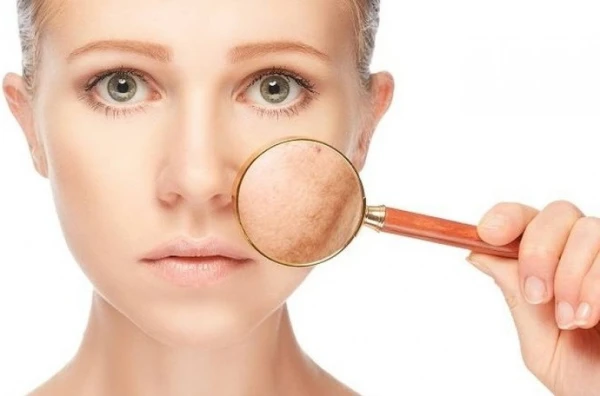
Pigmentation spots can appear suddenly: after a vacation at the sea, unsuccessful home care, or even just popping a pimple. And the most frustrating thing is that combating pigmentation is much more difficult than preventing its appearance.
Below are examples of mistakes that put your skin under stress and provoke the formation of pigmentation spots.
Refusing to Use Sunscreen or Infrequent Use
Ultraviolet radiation is the main factor that triggers pigmentation. Even if it’s cloudy and cool outside, UVA rays easily penetrate through clouds and windows, provoking melanin production. This leads to dark spots, uneven skin tone, and premature aging. The skin is especially vulnerable after procedures with acids or retinoids — it reacts even more strongly to the sun. If you apply SPF only at the beach or forget to reapply it throughout the day, the risk of cumulative pigmentation also increases.
How to Avoid Problems
Use sunscreen with a protection factor of at least SPF 30 every day, even in winter and cloudy weather. Choose a texture that you like: light fluid, cream, or gel. Apply the product not only on your face but also on your neck, décolletage, and hands — they are also prone to photoaging. Reapply every 2–3 hours if you are outdoors or working near a window.
Incorrect Use of Acids and Retinoids
AHA, BHA, and PHA acids, as well as retinoids, work well for skin renewal, evening out tone, and combating pigmentation. However, if used incorrectly — with too high a concentration, frequency, or without acclimatization — they can thin the stratum corneum and make the skin sensitive to ultraviolet light. As a result, a couple of minutes in the sun without protection can negate all your efforts and leave you with new pigmentation spots. It is especially dangerous to start using active ingredients in spring or summer without understanding the rules of their use.
How to Avoid Problems
Introduce acids and retinoids into your routine gradually. Start with low concentrations 1–2 times a week. Monitor your skin's reaction and do not combine several aggressive products at the same time without breaks. Use acids in the evening, and in the morning, be sure to apply SPF. If you are new to skincare, combine actives with moisturizing serums. At the first signs of irritation, take a break instead of increasing the intensity of your routine.
Popping Pimples and Scratching Skin
Mechanical damage to the skin also leads to pigmentation. When you pop a pimple, scratch, or rub your skin, an inflammatory process is triggered at the site of injury. In response, melanocytes begin to actively produce melanin, leaving a dark spot at the site of damage that can last for months. This is especially noticeable on tanned or pigmentation-prone skin.
How to Avoid Problems
Try to break the habit of touching your face with your hands, let alone popping blemishes. Trust cleansing and anti-inflammatory products — gels with salicylic acid, spot serums, or patches. If a pimple has “ripened,” it’s better to consult a cosmetologist or use a sterile tool and antiseptic. To aid healing and reduce the risk of pigmentation, add products with niacinamide, zinc, and panthenol to your routine.
Ignoring Moisturization
Dry skin recovers much worse after cosmetic procedures, sun exposure, and wind. A lack of moisture leads to microcracks and inflammation, which is a direct path to pigmentation. When the skin barrier is compromised, it becomes more susceptible to aggressive factors, and even a small ultraviolet “hit” leaves a mark. Some girls experience dryness due to washing their face too often with foam or using aggressive products.
How to Avoid Problems
To keep your skin hydrated, choose a cream suitable for your skin type and the season — a light one in summer and a more nourishing one in winter. Also, pay attention to ingredients that retain moisture: hyaluronic acid, glycerin, betaine. Don’t forget about gentle cleansing — sulfate-free gels, micellar water followed by washing. If you use acids or retinoids, be sure to compensate with a moisturizing serum or cream — this will help minimize the risk of spots appearing.
Using Homemade Masks with Aggressive Ingredients
Lemon juice, baking soda, hydrogen peroxide, and other “folk recipes” often provide an instant feeling of freshness, but in the long run, they harm the skin. The problem is that the acid from lemon and the alkali from baking soda disrupt the skin's pH, which can cause chemical burns or severe irritation. On damaged skin, melanocytes become activated, and pigmentation becomes brighter and more persistent. It is especially dangerous to use such products in summer when the skin is already exposed to ultraviolet stress.
How to Avoid Problems
Prefer ready-made masks or peels with proven formulas — their actives are selected in the right concentrations. If you like natural products, use them only as part of ready-made cosmetics, not in their pure form. For lightening the tone, gentle enzyme powders, serums with vitamin C, and niacinamide are suitable.
Lack of Protection from Heat Exposure
Pigmentation is provoked not only by the sun but also by heat. Prolonged exposure to the stove, heaters, in saunas, or tanning beds causes blood vessels to dilate and stimulates melanocyte activity. This is especially noticeable in those with melasma-prone skin. Therefore, even if you use SPF, if you are regularly exposed to heat, spots may become more pronounced.
How to Avoid Problems
Try to limit your time near hot sources, and after heat treatments, cool your skin with thermal water or gel masks. When cooking, use a hood and step back slightly from the stove. If you go to a bathhouse or sauna, protect your face with a damp towel and avoid extreme temperatures. In summer, when the sun and heat work “in tandem,” enhance your care with antioxidant products — they will help reduce oxidative stress that triggers pigmentation.

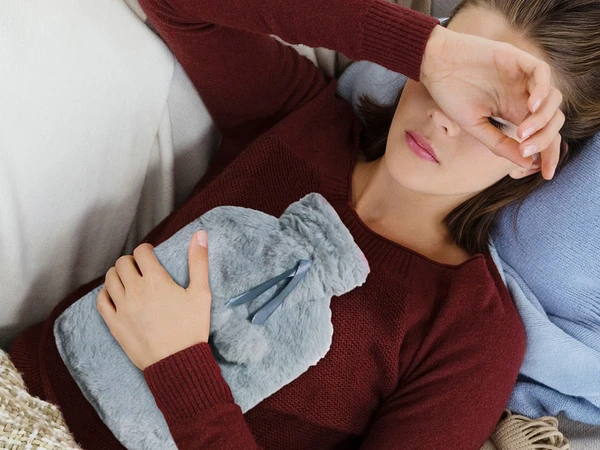



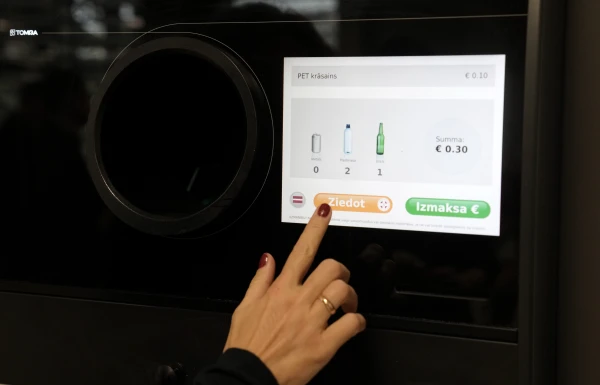




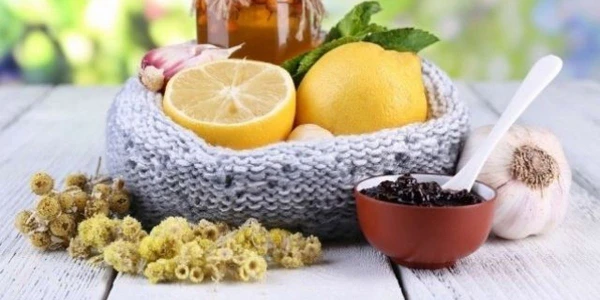
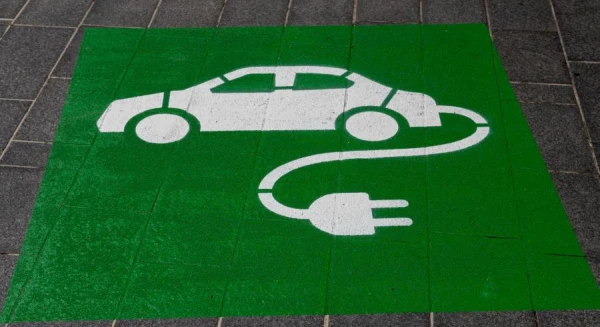


Leave a comment